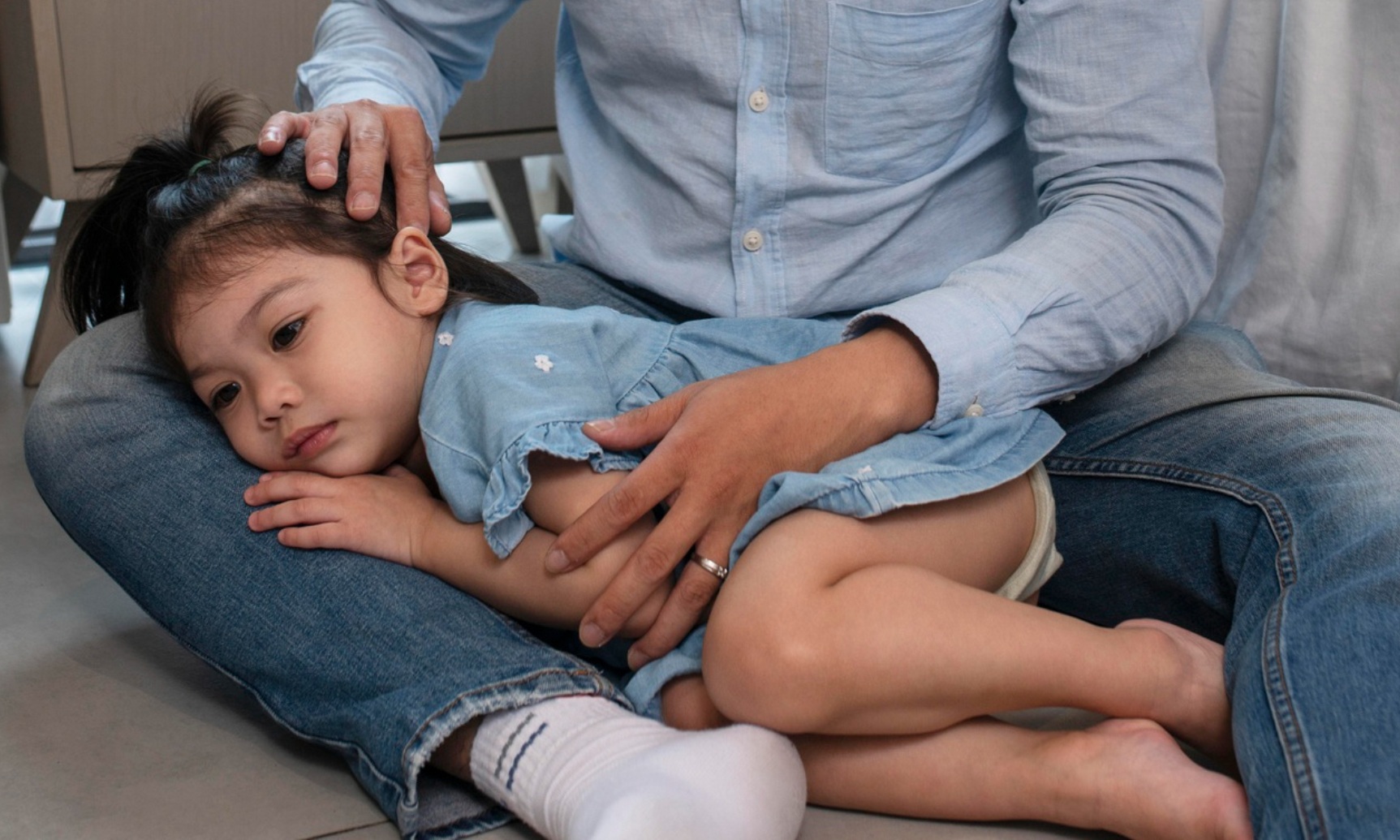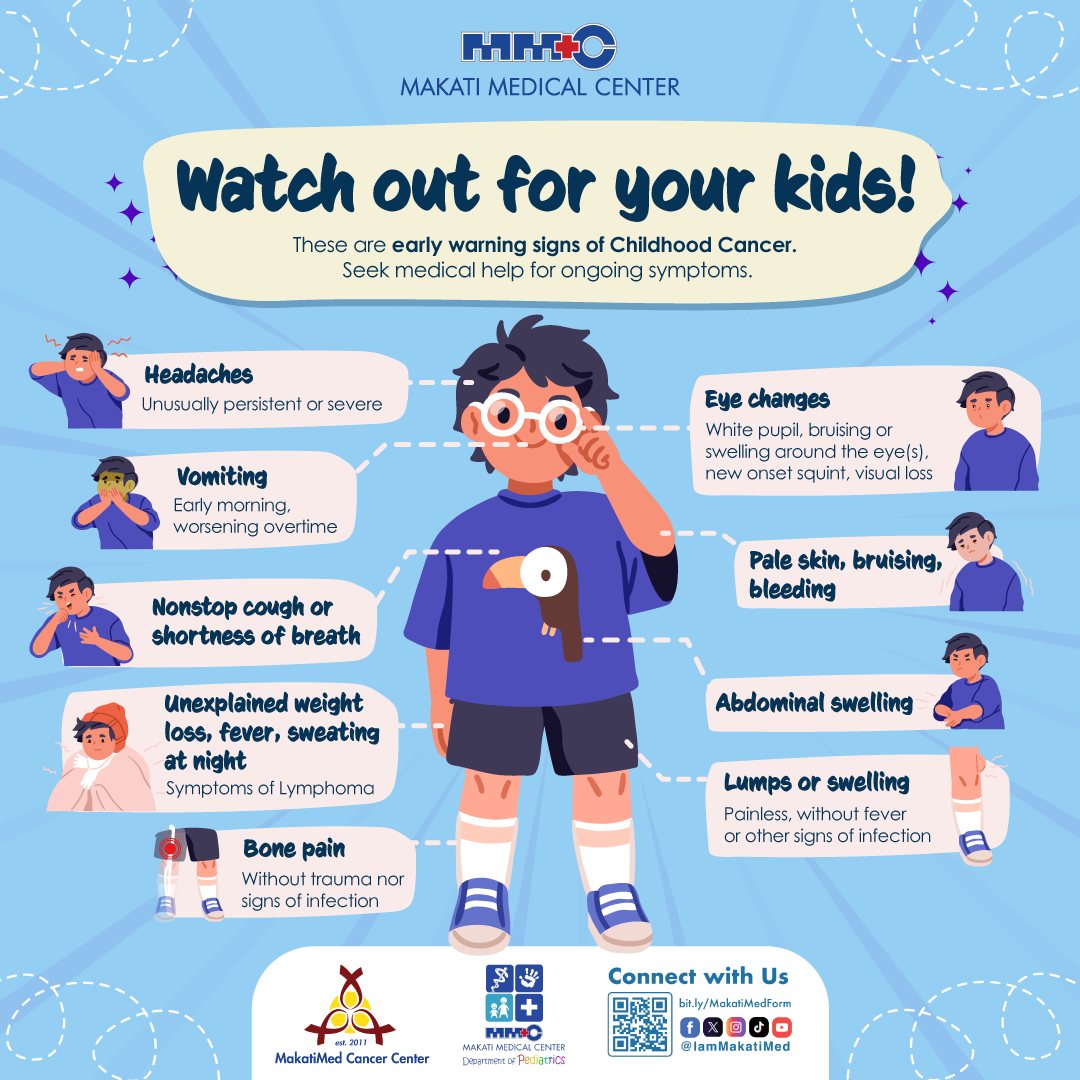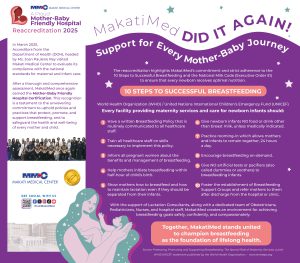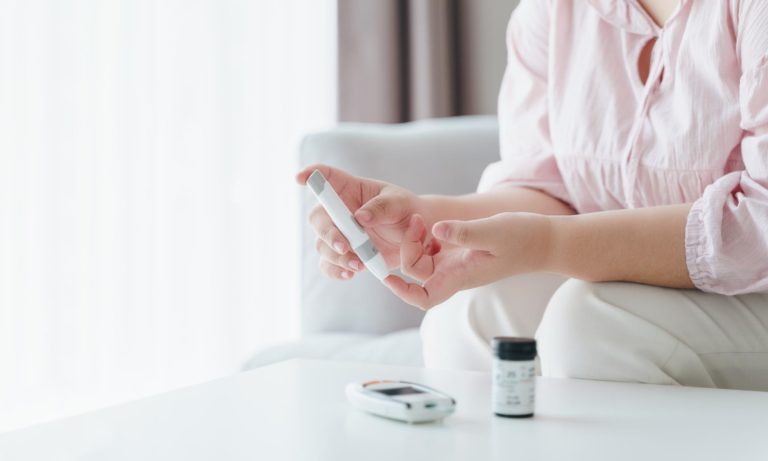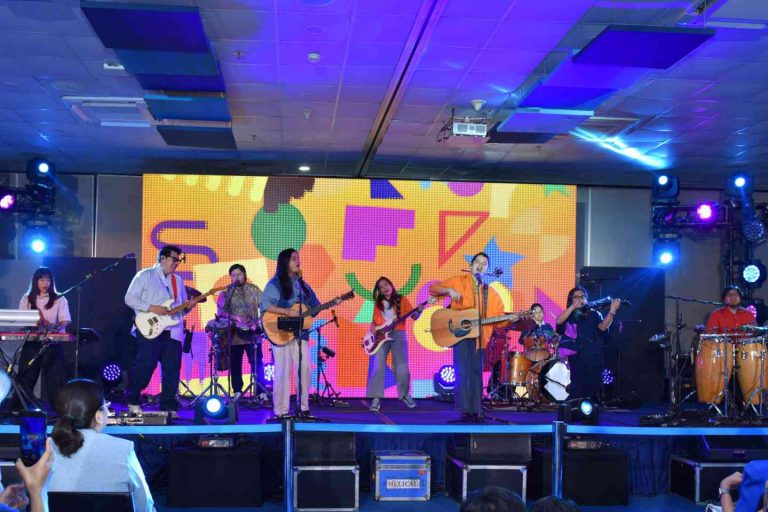What do people remember about their childhood? For some, it will be school, for others, fun vacations with the family, or special events like birthdays, Christmases, and New Years.
For the nearly 5,000 Filipino youth diagnosed with some form of cancer each year, childhood memories will likely include the dread of regular hospital visits, the nauseating feeling after chemotherapy, wearing hats to cover a bald head, the look of worry on Mom and Dad’s faces, and the fear of not knowing what the future holds.
Childhood Cancer, or cancer diagnosed between the ages of 0 and 18, is not just devastating news; it is difficult to wrap your head around it. How is it possible for a little boy or girl—even a baby still in his/her mother’s womb—to develop a life-threatening disease when they haven’t even begun to live life?
“That’s why there are no preventive campaigns against Childhood Cancer. It is something that happens sporadically,” says Makati Medical Center (MakatiMed) Pediatric Oncologist Joliza Patricia D. Cañeba, MD. “Unlike adult cancers, where there are preventable risk factors like smoking, drinking, and environmental exposure, Childhood Cancer can happen anytime during development. Yes, there are types of cancer that can happen because of certain predispositions, like genetics, but it’s only a minority, less than 10 percent.”
Parents who feel responsible for their child’s illness (Should I have taken more vitamins? Eaten a particular food? Scheduled more visits with the doctor?) can take some solace in the fact that, to this day, the disease continues to leave specialists baffled.
“We always mention this to a family whose child was recently diagnosed with cancer. Most of the time they feel that they could have done something to prevent it,” reflects Dr. Cañeba. “At the very onset, we explain that, for the most part, cancer is secondary to sporadic mutation—meaning there can be a particular exposure to a substance or specific infection that turns on a switch and tells your child’s cells, ‘Okay, make this instead of this.’
“But really, we don’t know,” she says of what really causes Childhood Cancer. “It’s not something that parents can actually have control of. It’s a random mutation that affects how cells are supposed to do their job.”
MakatiMed shares the specific cancers that affect children and adolescents:
- Leukemia (particularly acute lymphoblastic leukemia)
This is the most common pediatric cancer in the Philippines, accounting for nearly half of the cases in the country each year. It is a type of blood cancer that begins in the bone marrow and is characterized by the rapid production of abnormal white blood cells that are unable to thwart infection. Easy bleeding and bruising, nosebleeds, swollen lymph nodes, fatigue, and unexplained weight loss are classic symptoms.
- Pediatric brain tumors (PBT)
These grow to press on parts of the brain, giving a child headaches and affecting eyesight (double vision, blurred vision, or squinting to look at an object), balance, speech, and personality. Seizures, nausea and vomiting, sleepiness, and an enlarged head are other telltale signs of PBT.
- Neuroblastoma
A cancer of the nerve cells or neuroblasts, neuroblastoma is diagnosed in children aged five (5) and below. It typically develops in the adrenal glands but can also be detected in the chest, neck, spine, and abdomen. Feel for lumps under the skin that aren’t sensitive to touch when you give your toddler a bath, and take note of unusual tummy or chest pain, diarrhea or constipation, fever, and weight loss.
- Retinoblastoma(eye cancer)
While considered rare, research published in the Philippine Journal of Ophthalmology in 2004 showed an upward trajectory of the disease, from 48 to 237 per 100,000 eyes from 1967 to 2001. Leukocoria, or when the pupil of your little one’s eye appears white, gray, silvery, or yellow, may indicate retinoblastoma.
- Wilms tumor
The most common type of kidney cancer among children, this one has the following symptoms: a palpable mass, pain and swelling in the stomach area, anemia, blood in the urine, and fever.
Treatments for Childhood Cancers—and cancer in general—have markedly improved through the years, so much so that it’s now possible to manage, if not overcome the disease altogether. Proactive measures ensure your little one has a fighting chance of getting a good prognosis:
1. Do something immediately
Sudden unexplained weight loss, paleness, and fatigue are symptoms shared by several types of Childhood Cancer. Make an appointment with your pediatrician, who can confirm what you observe and run some tests. “Early detection leads to proper diagnosis and treatment, which leads to better outcomes,” underlines Dr. Cañeba. If it is not cancer, it is definitely something else that still merits a consultation.
2. Try to make it a pleasant experience
Frequent trips to the hospital can be traumatizing for a child. Some pediatric cancer centers put their young patients at ease with bright and colorful play areas filled with toys and books. “For kids, there’s such a thing as play therapy,” shares Dr. Cañeba. “The goal is to see the hospital in a positive light, as a place to play with ‘playmates’ like nurses and residents. It’s scientifically proven that if you make an experience better for patients, they tend to respond better to treatment. They also do not abandon treatment, which is really the most important thing.”
3. Do not do it alone
Cancer is a sad and lonely affair that can put your faith and family relationships to the test. Organized and informal support groups provide parents of cancer patients with much-appreciated comfort among people on the same journey. “In the hospital, it’s typical for a parent to strike up a conversation with another parent,” says the Pediatric Oncologist. “They’ll create Viber groups with other parents and go on them to share their feelings and experiences.” Dr. Cañeba has also introduced parents of a newly diagnosed child to the parents of a cancer survivor. “So they can realize that there’s hope,” she says. “Light at the end of the tunnel.”
Nobody wants to receive a cancer diagnosis, especially if the diagnosis is for a baby or a young child. Yet, accepting it is the first step in a long road to conquering the disease.
“There should always be an awareness that Childhood Cancer does exist,” Dr. Cañeba points out. “Kids do get cancer too. And for the pediatric age group, there must be early recognition so that the treatment is less intensive, less toxic, and the outcomes are better. That’s the only way we can assure parents of a good outcome. It starts with early diagnosis.”
Article based on the Healthline with MakatiMed guesting of Joliza Patricia D. Cañeba, MD last September 16, 2024.
For a consult with Dr. Cañeba, you may visit her clinic at CPM 1st Floor, Room 7. Her clinic schedule is available here. If you need assistance, reach us via MakatiMed On-Call at (+632) 8888 8999 or at [email protected].
Follow our social media pages for more health-related content and for the latest updates: https://www.makatimed.net.ph/social-media-pages/

